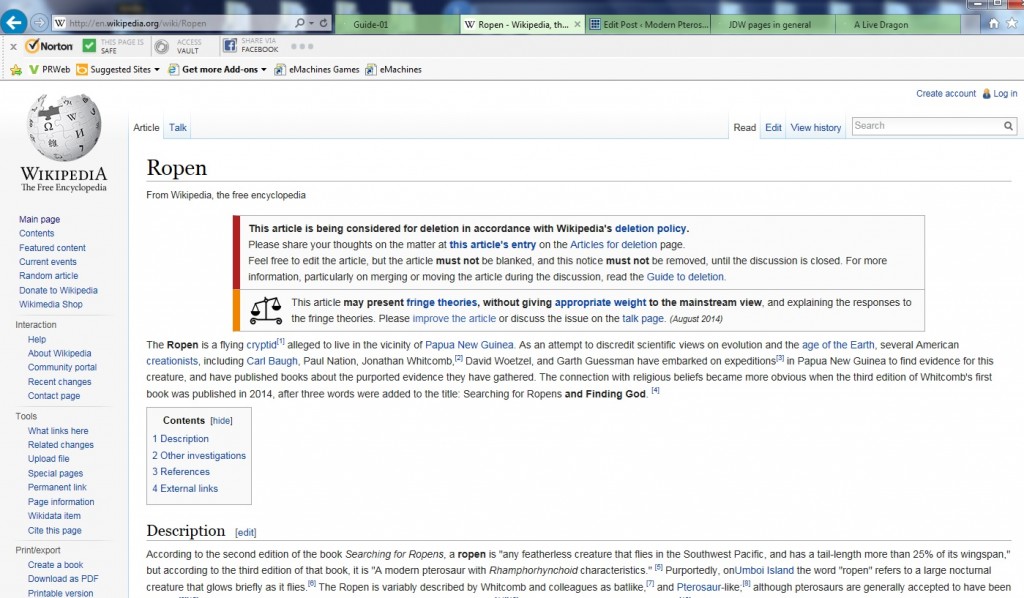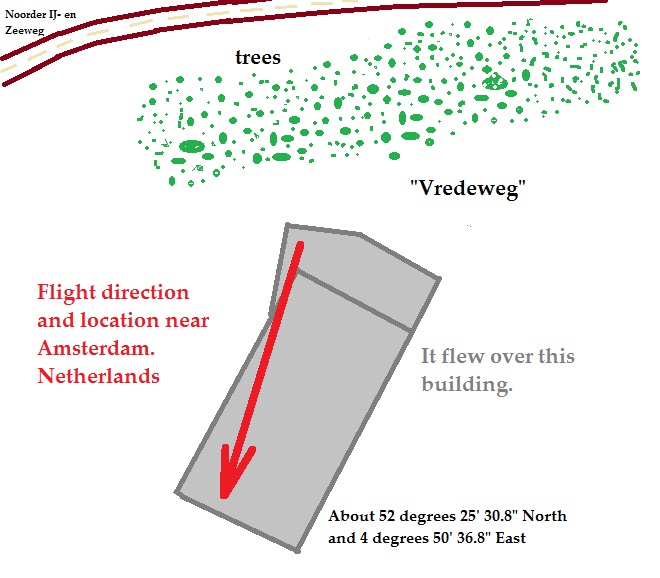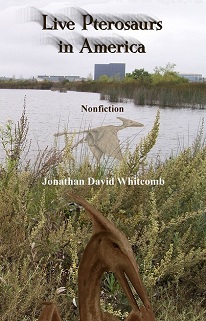Of all the names we might consider for these animals, let’s now use Unidentified Flying Creature or UFC. The following will be set aside for the moment, although some or all of them could apply:
- ropen
- dragon
- pterosaur
- pterodactyl
- flying dinosaur
- fiery flying serpent
Mysterious Disappearances of People
Humans can go missing for many reasons, the least common, quite possibly, from being carried away by a “flying dinosaur.” Yet among the strangest of cases of missing people, the circumstantial evidence has mounted up to this bizarre conclusion: The best explanation for some of these is that people are carried away into the air.
This about the following. Dogs often fail to track or follow the scent for a short distance and stop. I know that some people will suggest a Bigfoot carries away people; but how do you explain a dog that tracks a man to a vertical cliff in Yosemite? That man had neither the physical ability nor the climbing equipment to ascend vertically. The direct interpretation is simple: Something lifted that man up into the air near that cliff. (This does not mean that the UFC flew straight up, that would be unnecessary and exhausting; that was simply the spot where the man’s body was lifted up into the air as the UFC flew alongside the cliff.)
The nonfiction paperback Missing 411 Western United States & Canada, by David Paulides, mentions many cases where tracking dogs could not track. That does not necessarily mean those dogs were afraid of the scent of a Bigfoot, a scientifically non-classified primate reported to live in North America. Those dogs could just as well have an aversion for following the smell of a giant pterodactyl. Yet the best explanation we have, for the moment, is that some of those persons are lifted up from the ground.
Concerning the disappearance of eight-year-old Dennis Johnson, in Yellowstone National Park in 1966, a newspaper quoted one of the searchers: “It was nearly as if he had been snatched from the face of the earth.” Others have made similar statements about strange disappearances.
Clothing or Shoe Found Missing From a Found Person
It’s not very unusual for one shoe or one or more articles of clothing to be missing from a live person or body. This can be explained by the victim falling out of a shoe or shirt or pants or coat, while being carried a short distance above the ground. The shoe or clothing or shoe is then dropped in one location while the unidentified flying creature turns around and flies back to look for its prey. That is why some of the survivors are found in bushes, where the vegetation both cushioned the fall and hid the person from the returning predator.
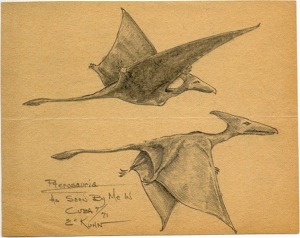
Two very large flying creatures seen in Cuba in 1971
###
.
Missing Children and the Ropen
Many other cases give significant circumstantial evidence that large flying creatures have, on occasion, carried away a child. Many such cases have no resolution, meaning no child or body was ever recovered.
Missing Persons and Cave Appearances
This two-year-old [Mike McDonald] was found fifteen miles from where he became missing, in 1945 in southern Arizona, asleep in a small cave. Like the case in Australia, he was found the day after he disappeared. Mike had no injury other than a small cut on one foot.
Vapor or Mist Used in Attacks on Humans?
I would say the substance ejaculated from the mouth or head of the pterosaur is a mist, described by one eyewitness as a “smoke.” This very well could be part of the origin of old legends of fire-breathing dragons.
.
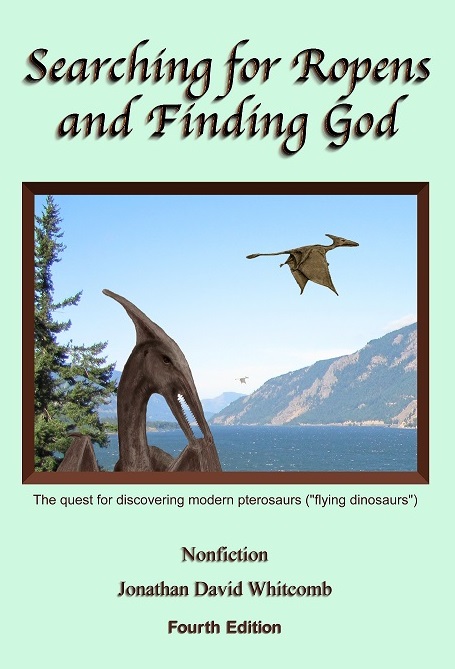
The ultimate nonfiction book on modern pterosaurs
.
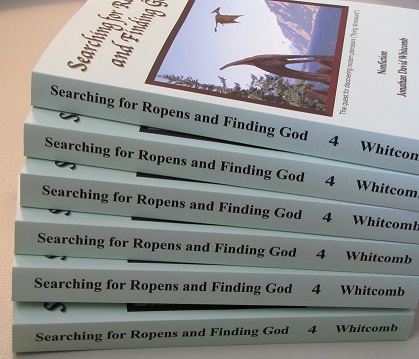 Searching for Ropens and Finding God, fourth edition, by Jonathan Whitcomb
Searching for Ropens and Finding God, fourth edition, by Jonathan Whitcomb
.





